HOW Do Real Estate Investors Use Whole Life Insurance?
I want as much money upfront not because I’m gonna use all of it in day 1 but if an opportunity presents itself I can earn much much more in my real estate investments than what the policy will produce me this is just a great alternative to position the cash.
So my point here is what we hear in objection or pain point is a lack of early cash value the consumer’s point of interest is maximizing that cash value from start to finish seeing more upfront I’ve seen so many people attracted to that even more so than the long term.
If you design a policy properly you’ll have maximum cash value upfront and long term. So the next 2 things we have here opportunity cost and negative hit that ties into the point I just mentioned with early cash value.
One IRR versus loan rate
Here’s a big one IRR versus loan rate so this is huge going back to that spreadsheet here what do we see? Dividend at 6% loan rate at 3% dividend at 6% have you ever heard you’re being paid a dividend of 6% and it only cost you 3% to borrow? Maybe it was 5%.
When the loan interest rates had a higher floor than they do today. So not the dividend rate IRR which represents internal rate of return net growth rate several years before I see benefits meaning several years before I see a positive internal rate of return a greater earnings rate than what the actual cost to borrow is this is what people are interested in you got to confront this head-on that’s my opinion.
And then this one too I don’t want to have to pay forever I hear this one quite a bit you don’t have to pay forever by any means you can design a policy where you pay into it between 2 to 5 years very easy to do that if you’re interested in that. So let’s touch on this point the IRR verse loan rate a major pain point or major item of frustration here is lack of transparency.
life insurance policy is 5%
Some have described it as misinformation with respect to what am I earning on the policy compared to what am I paying so for a long time we would hear you can earn a dividend rate of 6% on a life insurance policy and only pay 5% now where that comes from is a company may be crediting
A dividend interest rate of 6% and the loan rate with that life insurance policy is 5% what we have to the right of it is updated numbers since the recent 7702 change which could be a 6% dividend interest rate with only a 3% cost to borrow. So this has caused frustration and pain for consumers dividend of 6% loan rate of 5% from an agent’s perspective .
It is an accurate statement because I can say the company is paying a dividend of 6% and the company or the contract you have has a loan interest rate of 5% so you can justify in saying that that is an accurate statement however from the consumer’s perspective some feel that it’s misleading
life insurance policies
When they look at their value their cash value say it’s $100,000 they look at the company’s dividend rate of 6% and they say I’m not earning actually 6%. I’ve heard from a number of people I hear consistently from people who paying between 6 and 7 figures per year into their
whole life insurance policies that annoys them a lot and I’ve heard this expressed from the same people on a number of occasions what they want to know this is the voice of the consumer what is the net internal rate of return the net growth rate and then the cost to borrow can I see that side by side
causing pain for consumers
I can then make an educated decision? So important here because it’s causing pain for consumers. So let’s look at a visual here here we go here’s the chart we just had up here’s what I want to touch on here’s taking it a step further so what do we have here?
Let’s blow this up a little bit just to keep things consistent 40-year-old individual same growth model but we’ve got the net internal rate of return here so here we’ve got the $1,00 000 per year payments for 10 years break-even of year 4 we’ve got the annual internal rate of return.
We have the average internal rate of return the annual internal rate of return is just what you’re growing by year over year and the average factors in the past 10, 20, 30 years for example what did you earn or what was your average return in the S&P 500 over the past 30 years? I might say I averaged out 8% there you go that’s exactly what this is this does as well.
isolate your net earnings rate
The average will always be lower than the annual simply because it will account for the early years where I’m negative where the annual is going to isolate your net earnings rate year over year. Here’s where I’m going with this though here we’ve got a dividend interest rate of 6% year 1 you’ve got a negative 10% internal rate of return
If you elect to take a policy loan in the 1st year what’s your cost to borrow? 3.04% If you elect to take a policy loan in year 5 like we have modeled here for $300,000 what’s your cost to borrow? 3.04% this does assume a variable loan interest rate but assuming 3.04%. What’s your internal rate of return?
provide additional information
Annually by pure coincidence with this model it’s 3.04% so it’s effectively a wash isolating the annual IRR some people like to look at that saying hey what am I paying in loan interest this year compared to what am I earning this year?
Okay it’s a wash. Some like to look at the average IRR my opinion is whatever the consumer wants to look at focus on that with them this is their money not ours as the agent if anyone says you should be looking at it this way no no no no no it’s their money we should be looking at it however
They want to look at it yes we can provide additional information and they might say hey that’s a good idea as well but we do not want to try to force someone to look at things in the same way we do I don’t like it when people do that to me. Anyway so I don’t go off on a tangent here average IRR is 1% cost to borrow there is 3%, okay.

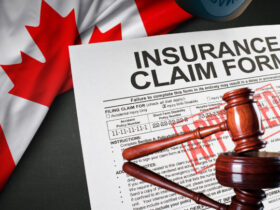
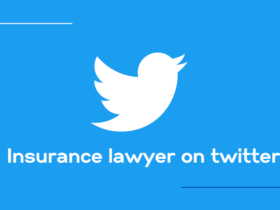
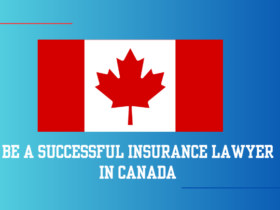


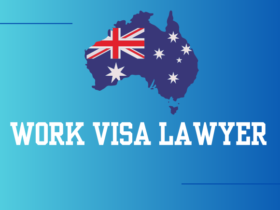
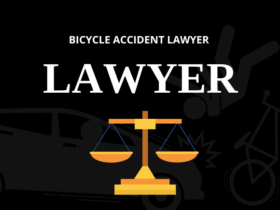
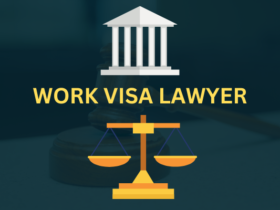



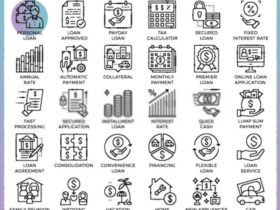



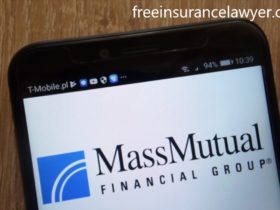
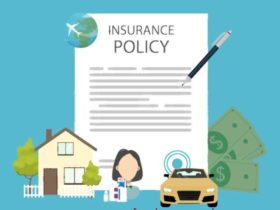
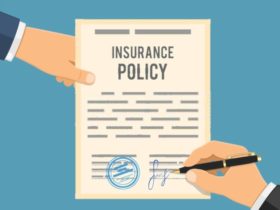



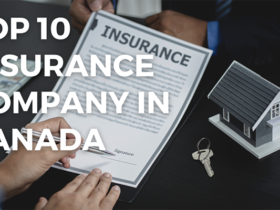
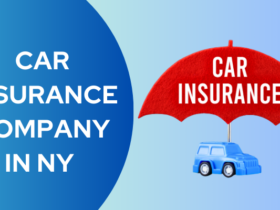
Leave a Reply